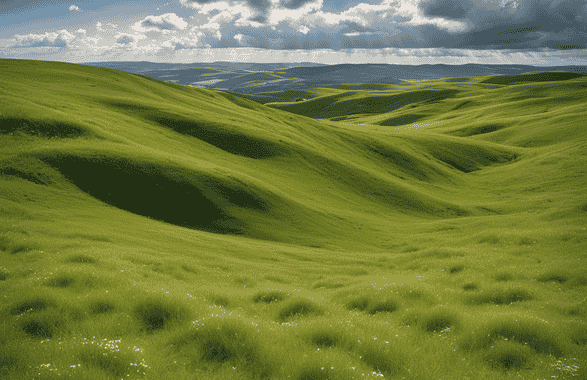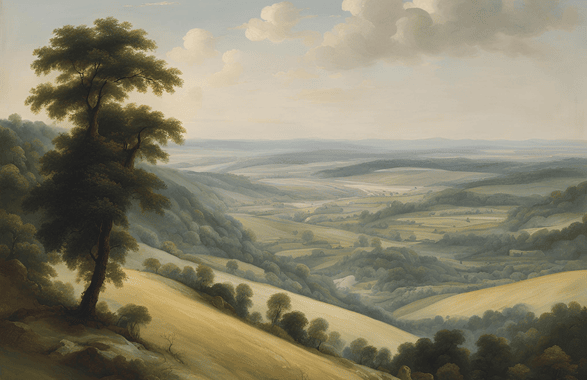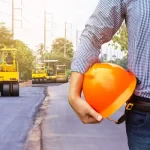The world of landscape rendering is constantly evolving, driven by new technologies and creative trends. As we head into 2024, professionals in architecture and design are seeing some exciting developments that are shaping the way landscapes are visualized.
These trends not only improve the visual appeal of renderings but also enhance the way designers present their ideas to clients. From more realistic textures to the use of advanced tools like artificial intelligence, landscape rendering is becoming faster, more detailed, and incredibly lifelike.
Sustainability is also playing a big role, with green design elements being highlighted in many projects. In this article, we’ll explore the top 5 trends in landscape rendering for 2024, giving you insights into what’s driving change and how you can integrate these trends into your projects. Let’s dive in and see what’s new!

Sustainable and Eco-Friendly Design
Sustainability is more than just a buzzword; it’s becoming a central theme in landscape rendering. People are more aware of environmental issues, and as a result, many landscape projects focus on eco-friendly solutions.
Clients want to see how their landscape designs will incorporate green practices, such as:
- Water conservation techniques like rainwater harvesting or efficient irrigation systems.
- Native plants that require less maintenance and water.
- Green spaces that contribute to better air quality.
In 2024, rendering software will be adapted to showcase these eco-friendly designs. This means more emphasis on green roofs, vertical gardens, and natural materials in rendering. The ability to visualize these sustainable options is helping clients make better choices that benefit both their projects and the environment.
Virtual Reality (VR) Integration
Imagine being able to “walk” through your future landscape design before it’s even built. Virtual Reality (VR) technology makes this possible and is growing in popularity for landscape rendering.
With a VR headset, users can explore every corner of a proposed garden, park, or outdoor space. They can get a sense of scale, view different angles, and experience the environment from different perspectives.
VR also allows for real-time interaction, where clients and designers can make adjustments on the spot, such as changing plants, altering pathways, or adjusting lighting.
This interactive approach gives a clearer sense of what the finished project will look like, creating a more immersive experience. As VR continues to advance, it will become a key part of landscape rendering workflows in 2024.
Photorealistic Rendering
Photorealism is a trend that is dominating the world of 3D visualization. Clients are no longer satisfied with basic, computer-generated images. They want renderings that look as close to real life as possible. With advancements in rendering software, photorealistic renderings now include fine details like:
- Shadows and lighting change based on the time of day.
- Textures of surfaces like stone, wood, or water.
- Reflections in pools, windows, and other reflective surfaces.
In landscape rendering, this trend means that plants, water features, and outdoor furniture are rendered in such a way that they are almost indistinguishable from photographs. The level of detail helps clients make decisions with greater confidence because they can see exactly what the finished project will look like.
Real-Time Rendering
Real-time rendering is one of the most exciting trends to watch. It allows designers to produce high-quality visuals instantly without the long wait times traditionally associated with rendering. In the past, creating a high-quality landscape rendering could take hours or even days, depending on the complexity of the scene and the software being used.
With real-time rendering, changes are updated immediately. This technology allows designers to make quick adjustments to the layout, materials, or lighting and see the results right away.
It speeds up the design process, making it more efficient for both designers and clients. In 2024, as real-time rendering tools become more accessible, it’s expected to be used widely across the landscape design industry.
Augmented Reality (AR) for Client Collaboration
Augmented Reality (AR) is similar to Virtual Reality but with one key difference: it overlays digital elements on top of the real world, rather than creating an entirely virtual environment. In landscape rendering, AR allows clients to use their smartphones or tablets to see how a design would look in their actual outdoor space.
For example, a client could stand in their backyard, point their phone at a blank area, and see a fully rendered version of the proposed garden, patio, or water feature appear in real time on their screen. This helps clients visualize designs in the actual context of their home or business, making the decision-making process more intuitive.
AR also promotes better collaboration between designers and clients. If the client sees something they don’t like, they can give feedback immediately, and designers can make adjustments on the spot. This seamless communication helps reduce misunderstandings and speeds up the design approval process.
The Final Thoughts
To conclude, landscape rendering is evolving with exciting trends in 2024. Real-time rendering, the use of AI tools, enhanced realism, virtual reality, and sustainable design approaches are reshaping how projects are presented.
These innovations not only improve the visual quality of designs but also make the process faster and more efficient. Keeping up with these trends will help designers create more engaging and environmentally friendly landscapes that meet the growing demand for smart, sustainable solutions.



